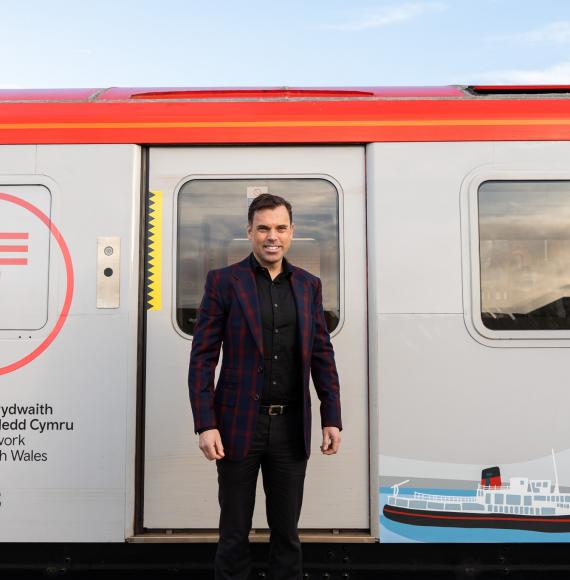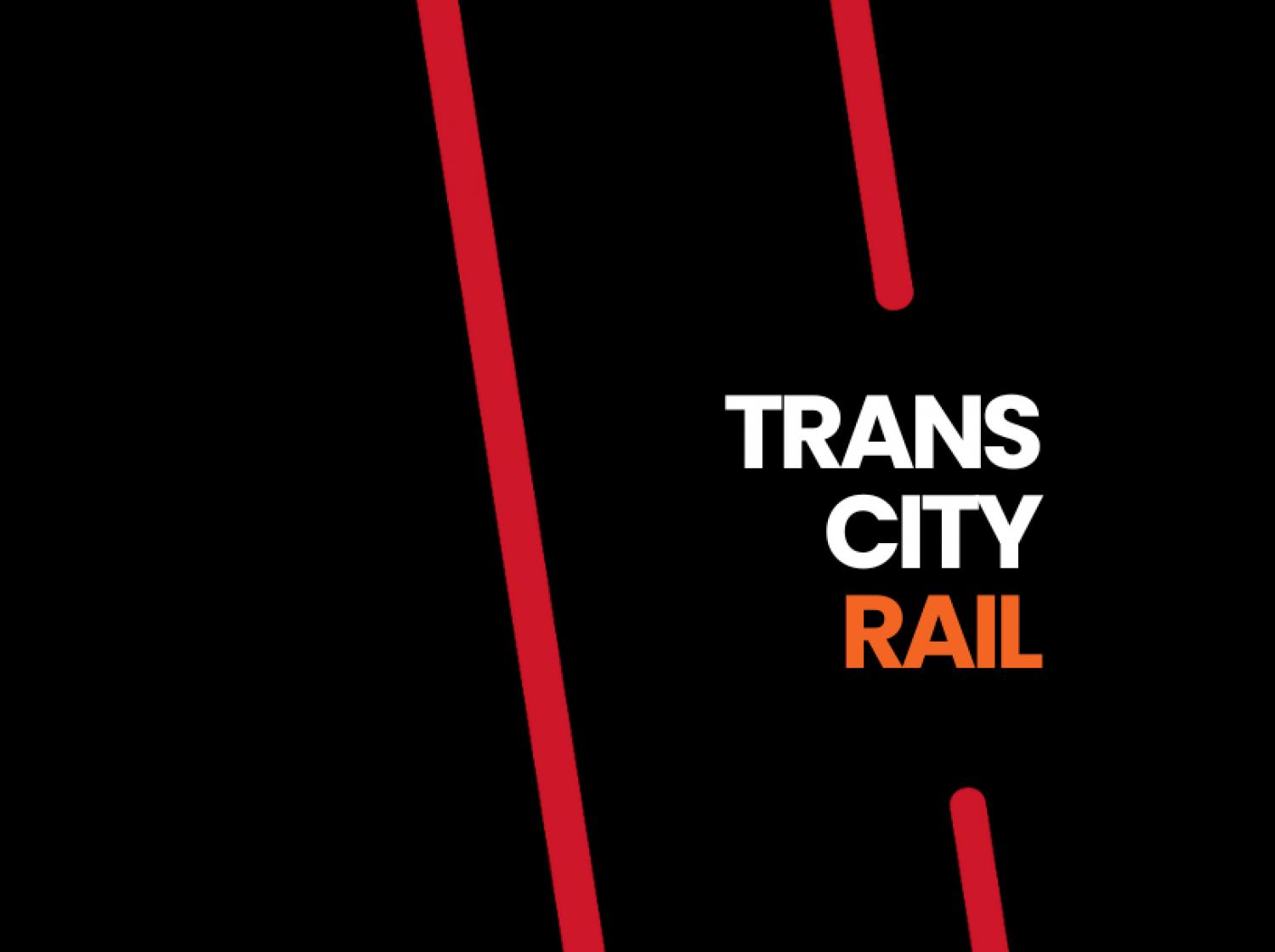The UK government has launched a new plan for a pioneering hydrogen economy, set to support over 9,000 UK jobs and unlock £4bi investment by 2030.
By laying the foundations on how the UK government can work with the industry to meet its goal for 5GW of low carbon hydrogen production capacity by 2030, the UK’s first ever Hydrogen Strategy encourages the commitments laid out in the Prime Minister’s bold 10 Point Plan for a green industrial revolution.
The plan says it is comparable to replacing natural gas, which powers around 3bi UK homes annually, on top of powering transport and businesses, especially heavy industry.
A successful, UK-wide hydrogen economy could be worth around £900m and provide more than 9,000 high quality jobs by 2030, with the potential to rise to a whopping 100,000 jobs, whilst being worth up to £13bi by 2050.
Hydrogen could also play a fundamental role in decarbonising polluting energy-intensive industries like chemicals, oil refineries, power, and heavy transport such as shipping, HGV lorries and trains by encouraging them to distance themselves from fossil fuels.
Energy and Climate Change Minister, Anne-Marie Trevelyan, said “today’s Hydrogen Strategy sends a strong signal globally that we are committed to building a thriving low carbon hydrogen economy that could deliver hundreds of thousands of high-quality green jobs, helps millions of homes transition to green energy, support our key industrial heartlands to move away from fossil fuels and bring in significant investment.”
A low-carbon hydrogen economy could mean emissions savings parallel to the carbon captured by 700 trees by 2032, a key tenet to capitalising on cleaner energy sources as the UK shifts away from fossil fuels.
Government analysis suggests that 20-35% of the UK’s energy consumption by 2050 could be hydrogen based, crucial to meeting targets of net zero, and cutting emissions by 78% by 2035.
The government’s methodology derives from the UK’s previous success with offshore wind, where early government action paired with a solid private sector backing, secured the UK a world leading status.
A public consultation on a preferred hydrogen business has also been carefully designed - inspired by the offshore wind CfDs - to overcome the cost gap between low carbon hydrogen and fossil fuels.
This will allow the costs of low-carbon alternatives to drop rapidly, as hydrogen continues to play an increasing role in the UK.
CEO of ITM Power, Dr Graham Cooley, said “green, zero-carbon hydrogen can abate greenhouse gas emissions from industry, transport and heat.”
He added, “it can be used to store our abundant renewable energy from offshore wind and longer term be used to create export markets. This is a win for the UK’s decarbonisation plans, a win for cleaner air and a win for British jobs.”
Additionally, the £240m Net Zero Hydrogen Fund is currently being discussed by the government, and aims to back the commercial deployment of new low carbon hydrogen production plants around the UK.
Other measures in the UK’s first-ever Hydrogen Strategy include:
- Outlining a ‘twin track’ approach to endorse various technologies, including ‘green’ electrolytic and ‘blue’ carbon capture-enabled hydrogen production.
- Joining forces with industry to build a UK standard for low carbon hydrogen, providing certainty to producers and users that the hydrogen the UK produces is consistent with net zero, supporting the deployment of hydrogen across the country.
- Launching a review to help the development of the essential network and storage infrastructure to support a thriving hydrogen sector.
- Collaborating with industry to evaluate the safety, technical feasibility, and cost effectiveness of mixing 20% hydrogen into the existing gas supply. Doing so could deliver a 7% emissions reduction on natural gas.
- Unveiling a hydrogen sector development action plan at the start of 2022, setting out how the government will support companies to guarantee supply chain opportunities, skills, and jobs in hydrogen.
Hydrogen Director at National Grid, Antony Green, said “the transition to a green economy will require a mix of technologies and hydrogen will play a vital role."
"This strategy signals the UK’s commitment to hydrogen and provides the certainty needed to boost consumer and investor confidence and support commercial solutions.”
He added, “importantly, unlocking the potential of hydrogen as a clean energy solution requires significant pace and innovation to scale up production, and the guidance from government today (August 17th) will be key to triggering the investment and buy-in needed to achieve this."
The government also announced a £105 million funding package via its Net Zero Innovation Portfolio, acting as stepping stone to building up Britain’s low carbon hydrogen economy.
The investment is set to help industries develop low carbon alternatives for industrial fuels, involving hydrogen.
However, concerns have been raised surrounding the use of hydrogen.
The new strategy was criticised by environmental groups for taking a twin-track approach, comparing blue hydrogen to green hydrogen, which has no negative climate impact as it uses renewable electricity to split water into hydrogen and oxygen.
Previously acting as chair of the UK Hydrogen and Fuel Cell Association (UKHFCA), Chris Jackson resigned before the launch of the government strategy paper which supports blue hydrogen, derived from fossil gas which produces carbon emissions.
Allegedly, oil companies used false claims over the cost of producing fossil fuel hydrogen to sway the Treasury and access billions in taxpayer money, claims which have triggered controversy and caused tension online.
But as the hydrogen economy continues to grow, the plan stated that all crucial assessments will be undertaken, and measures will be put in place to guarantee that hydrogen is stored, distributed and used in a safe way.
The new strategy is one of a string of strategies the government is releasing ahead of the UN Climate Summit COP26, which is taking place in Glasgow in November 2021.
The Industrial Decarbonisation Strategy, Transport Decarbonisation Strategy and North Sea Transition Deal have already been published by the UK government, and the Heat and Buildings and Net Zero Strategies are set to be published this year.

















